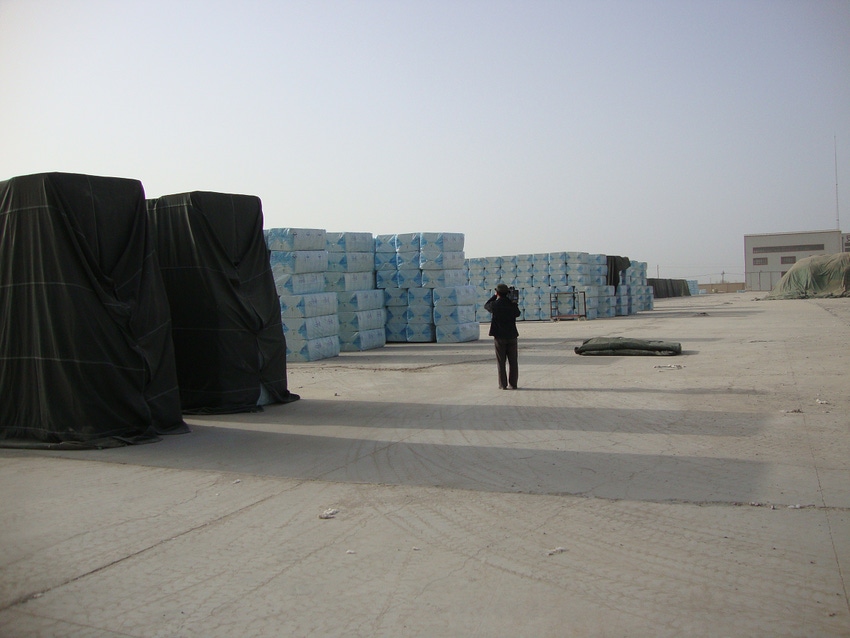February 23, 2015

The answers to the opening question are a) unknown, b) likely mixed, and c) good enough for you to still worry about. Of those answers, the first one is certain. The last two are my opinion, and I have an admitted bias for worrying.
Here is the background. Between 2011 and 2013, the Chinese government bought up a lot of domestic cotton at prices above $1.40 per pound and tucked it away in their government reserve. (They also put some foreign imports in the reserve, but most of it was domestic Chinese production.) Today some fifty million bales remain in that reserve. This cotton is out of circulation—for the time being. Separate studies by USDA and Texas Tech University suggest that the price effect of releasing bales from that stockpile range from dramatically weakening to mildly weakening, depending on how quickly the reserve inventory is whittled down over the next decade. The price weakness results from Chinese mills substituting old crop reserve bales for foreign imports.
For the latest on southwest agriculture, please check out Southwest Farm Press Daily and receive the latest news right to your inbox.
The prediction of a price weakening supply response assumes that one bale can substitute perfectly for another. But of course it is more complicated than that. One key point is that if the quality of the cotton in the reserve is poor, then Chinese import demand will persist, or perhaps even improve, because quality foreign cotton will be needed to blend with inferior Chinese cotton. Among cotton analysts, the more bullish market opinions lately include a strong assumption that widespread inferior quality of the Chinese reserve cotton will keep Chinese import demand from declining – and perhaps even boost Chinese imports.
I hope the bullish market opinion is correct. I have room for both hopefulness and worry because, as I noted at the beginning, the real answer is unknown. Nobody knows the range of quality of the Chinese reserve. I seriously doubt if the Chinese know. I know of no representative, random sample data of reserve cotton quality with which to make a reliable forecast of the average quality. The only observations we have are results of reserve auctions, and I would not consider those necessarily representative. There is no basis for judging whether the auctions were of their best, average, or worst quality cotton.
So, recognizing the considerable uncertainty, I will at least suggest the following: 1) if most domestic Chinese cotton comes from Xinjiang Province, then 3) probably a lot of the reserve cotton was produced in Xinjiang, which is an arid desert where the cotton is 100 percent irrigated. In many respects Xinjiang resembles the irrigated desert production of Arizona or the San Joaquin Valley. Like the Far West U.S., I would expect the cotton in Xinjiang to have relatively more stable quality, certainly in comparison to other Chinese regions, and perhaps even compared to Texas cotton. I am thinking mainly about color grades since it doesn’t rain much in Xinjiang, but perhaps also other environmentally influenced fiber qualities like micronaire--and perhaps uniformity. Other fiber qualities are more influenced by genetics, and I am in no position to make judgments about that. So my final suggestion then is that before the fact there is little reason to suspect that at least half (i.e., the Xinjiang sourced cotton) of the Chinese reserve is of inferior quality. That brings the issue down to a numerical question. If only half of the Chinese reserve is reasonable quality, that is enough to significantly substitute for foreign imports and weaken your market price. And that is enough to worry about.
For additional thoughts on these and other cotton marketing topics, please visit my weekly on-line newsletter at http://agrilife.org/cottonmarketing/.
About the Author(s)
You May Also Like




